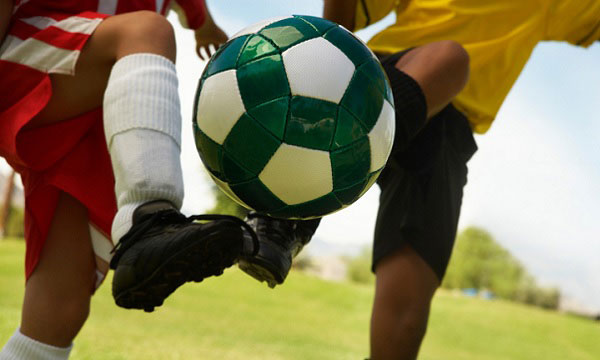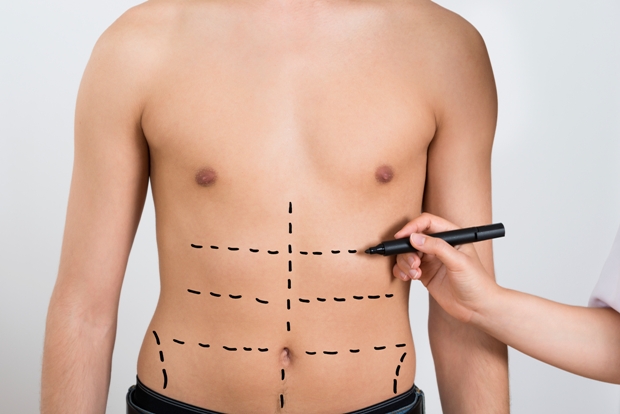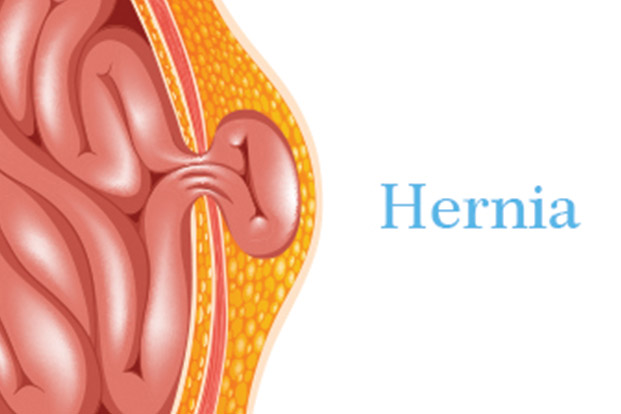Categories
- Bariatric Surgery (11)
- Black Fungus (5)
- Bone Marrow transplant (3)
- Brain Tumor Surgery Navigation Technology (20)
- Cardiac Surgery (66)
- Cardiology (97)
- Computer navigation technology for joint replacements (20)
- Covid Vaccination (17)
- Critical Care (2)
- Dental (19)
- Dermatology (31)
- Dialysis Support Group - “UTSAAH” (11)
- Dietitian (33)
- Emergency Medicine (4)
- Emotional Health (11)
- Endocrinology (33)
- ENT (20)
- Gastroenterology and GI Surgery (53)
- General and Laparoscopic Surgery (21)
- General Surgery (4)
- Gynecology & Obstetrics (183)
- Hematology (20)
- Internal Medicine (294)
- Kidney Transplant (50)
- Kidney Transplantation (20)
- Lung Cancer (8)
- Minimal Invasive Surgery (1)
- Mother & Child (20)
- mucormycosis (5)
- Nephrology (61)
- Neurology (147)
- Neurosurgery (68)
- Nutrition and Dietetics (107)
- Omicron Variant (1)
- Oncology (288)
- Ophthalmology (10)
- Orthopaedics & Joint Replacement (86)
- Paediatrics (59)
- Pediatric Nephrology (3)
- Physiotherapy (5)
- Plastic & Reconstructive Surgery (6)
- Psychiatry and Psychology (90)
- Psychologist (28)
- Pulmonology (72)
- Rheumatology (13)
- Spine Services (21)
- Transradial Angioplasty (16)
- Urology (84)
Query Form
Posted on Apr 19, 2022
Sports Hernia
Sports hernia is a leading cause of athlete loss from competitive sports. It occurs due to soft tissue injury (muscle, tendon and ligament) in players, leading to severe groin pain. This sports hernia is infact a misnomer as there is no soft tissue swelling or bulge present in groin.

WHO GETS IT? –This injury mostly affects male athletes between 20 and 30 years of age who actively participate in sports or engage in repetitive kicking and twisting movements during their activity such as basketball, football, hockey and wrestling.
WHAT DOES PATIENT PRESENT WITH? – A sports hernia usually present with sudden onset exercise-related groin pain. Pain can happen on one side or on both sides of groin and can even reach the thighs. The pain resolves with rest but comes back on attempted return to sport.
WHAT IMAGING IS AVAILABLE FOR SPORTS HERNIA? – Magnetic Resonance Imaging (MRI) scans help to diagnose whether you have a sports hernia.
HOW ARE SPORTS HERNIA TREATED? – Non Surgical management by Rest/ Anti-inflammatory medications/ Physiotherapy. A good number of patients may get better with this treatment. Despite this, one fourth may not be able to return to the previous level of sports activity. Therefore, to ensure a quick return to play and pain relief, one may require surgery.
SURGICAL TREATMENT –
Surgery to repair the torn tissues in the groin can be done as a traditional open procedure with one long incision or as an endoscopic procedure, where the surgeon makes small skin incisions and uses a small camera, called an endoscope. Most athletes are able to return to sports 6 – 12 weeks after surgery.
So, timely identification can help an athlete to return to their successful career.



